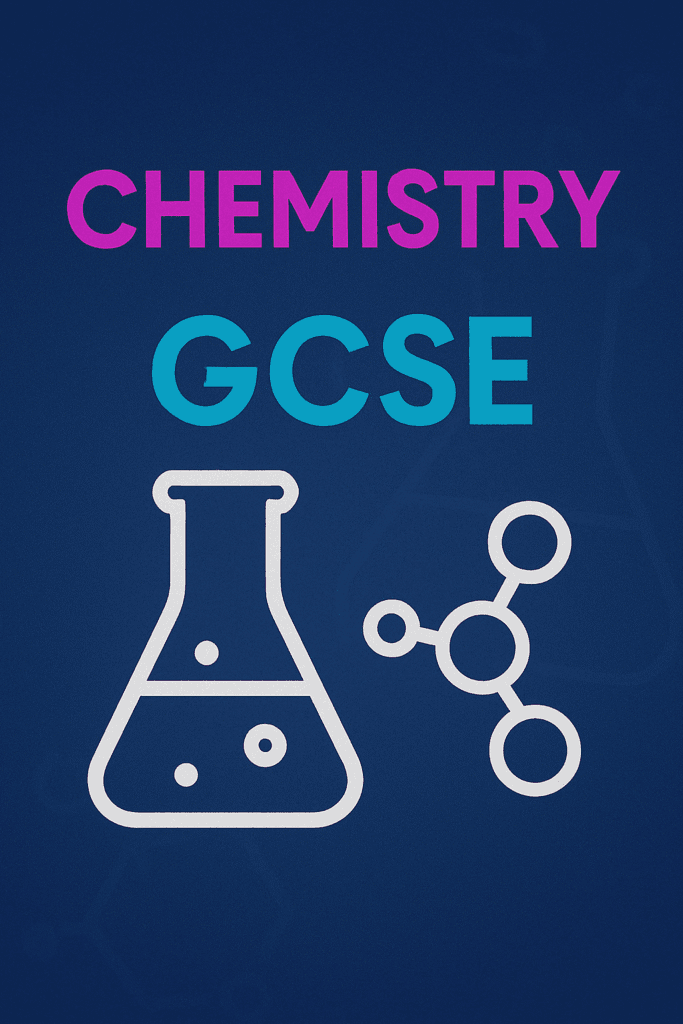Reading Time: < 1 minute
Table of Contents
ToggleBonding, Structure, and Properties of Matter
Introduction
Understanding how atoms bond and how these bonds affect material properties is a crucial part of GCSE Chemistry. This topic explains why materials behave as they do and how they’re used in everyday life.
This article will cover:
- Types of bonding: ionic, covalent, and metallic.
- Properties of different types of substances.
- Applications in real life.
Types of Bonding
Ionic Bonding
- Between metals and non-metals.
- How it works: Transfer of electrons creates charged ions that attract each other.
- Examples: Sodium chloride (NaCl), magnesium oxide (MgO).
Covalent Bonding
- Between non-metals.
- How it works: Sharing of electron pairs.
- Examples: Water (H₂O), carbon dioxide (CO₂).
Metallic Bonding
- Between metal atoms.
- How it works: Delocalised electrons move freely, creating strong metallic bonds.
- Examples: Iron, copper.
Properties of Different Substances
Ionic Compounds:
- High melting and boiling points.
- Conduct electricity when molten or dissolved.
Covalent Substances:
- Simple molecules: Low melting and boiling points.
- Giant covalent structures: High melting points, e.g., diamond.
Metals:
- Conduct heat and electricity.
- Malleable and ductile.
Conclusion
Understanding bonding and structure explains the properties of materials and their real-world applications. Practise identifying bonding types and predicting material behaviours for exam success.
📅 Book Your Free GCSE Math Consultation Today!
Skinat Tuition | Your Pathway to Academic Success on a Global Scale.



